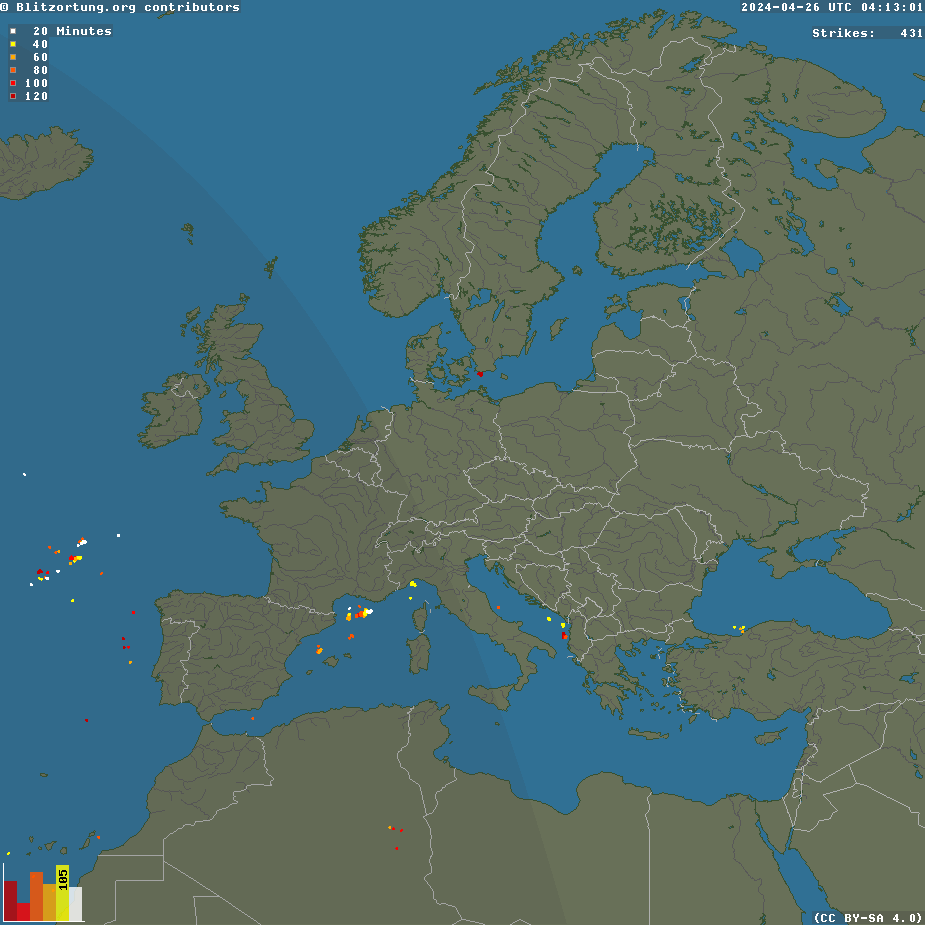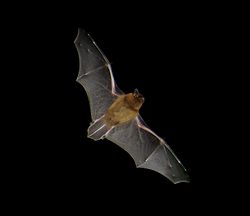I hope those reading the Wonderloop review will think it a fair one. The loop is tiny and uses thin 1mm wire, yet the performance was actually pretty good considering its size, averaging a couple of S-points down on a decent back garden antenna. As the review shows, some good results were obtained.
May I recommend you buy PW as there is a reasonably decent selection of articles in it most months. It is now the only independent amateur radio magazine published in the UK. I do miss the old Short Wave Magazine which was a good magazine in its heyday back in the 1950s and 1960s.







